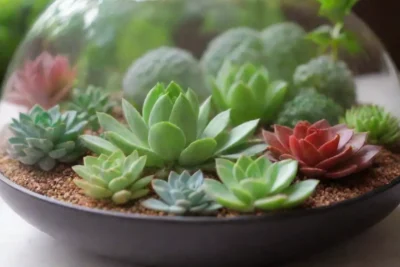
Going Vertical: Designing Hanging Succulent Terrariums
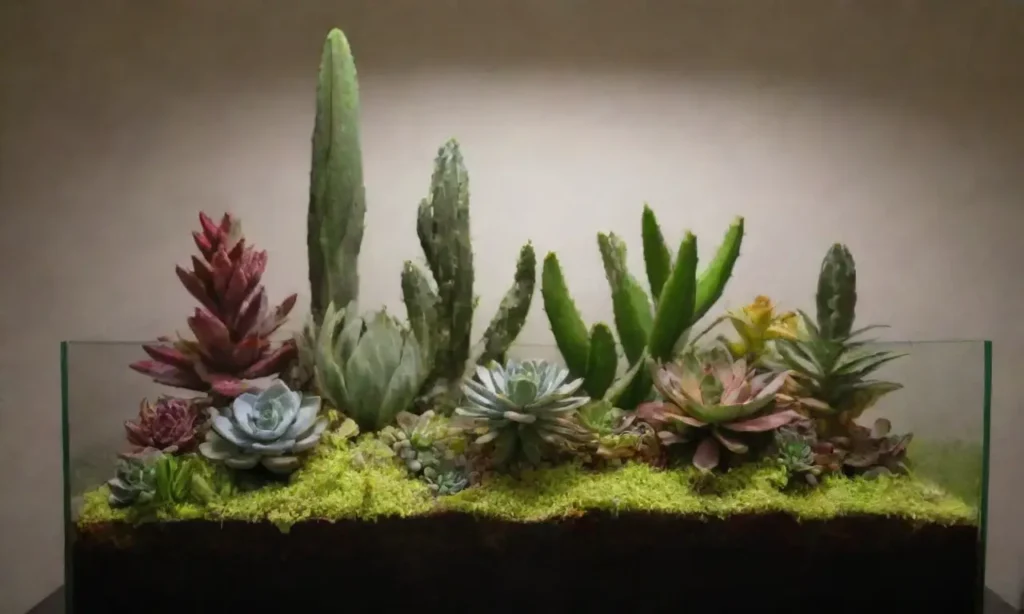
Introduction
In recent years, the trend of vertical gardening has gained immense popularity, particularly among urban dwellers looking to bring a touch of nature into their limited living spaces. One captivating method within this realm is designing hanging succulent terrariums. These unique displays not only serve as eye-catching home décor but also offer the added benefit of being relatively low-maintenance, making them perfect for both the novice and seasoned plant enthusiast.
This article delves into the world of hanging succulent terrariums, exploring their charm and versatility, the key principles of vertical gardening, and how you can create and care for these stunning arrangements in your own home. Whether you’re interested in enhancing your interior design or finding a new hobby, the beauty of hanging succulent terrariums is hard to resist.
The Allure of Succulent Terrariums
Succulent terrariums have captivated garden lovers globally, thanks largely to their diverse shapes, colors, and textures. Succulents themselves are renowned for their ability to hold water in their leaves, stems, or roots, making them incredibly resilient and adaptable to various indoor conditions. This characteristic pairs beautifully with the concept of terrariums—sealed or open containers that create a mini-ecosystem for plants to thrive. Hanging succulent terrariums take this concept a step further by elevating the display, offering a 3D aspect to your botanical arrangement that can turn any wall or corner into a lush focal point.
One reason for their widespread appeal is the aesthetic value they bring to a space. The visual height associated with hanging arrangements can draw the eye upward, making ceilings feel taller and rooms feel more expansive. Additionally, the wide variety of succulent species allows for personalization—choose from the striking blue hues of Echeveria to the vibrant green of Haworthia or the deep reds of Graptopetalum. Each type adds its own distinct touch, creating a dynamic piece that can evolve with the seasons or your mood.
Beyond aesthetics, the act of gardening itself provides numerous mental health benefits. Engaging with plants—whether through watering, pruning, or simply admiring them—offers a sense of fulfillment and connection to nature that many people find therapeutic. As you create and maintain your hanging succulent terrarium, you are not just cultivating plants; you are fostering a sense of calmness and creativity in your life.
Essential Materials for Creating Hanging Terrariums
Before you embark on your terrarium journey, it’s crucial to gather the right materials. Here’s a comprehensive list to help you get started.
Choosing the Right Container
The container is the foundation of any terrarium and can vary widely in terms of size, shape, and material. Glass containers are often preferred for their aesthetics and ability to showcase the layers of soil and plants inside. Look for options like hanging glass globes, mason jars, or even repurposed bottles. Ensure that your container has adequate drainage; if not, you may need to modify the design, potentially using materials like gravel to manage excess moisture.
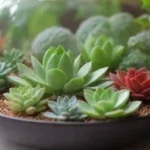 Terrarium Terrarium: Choosing Different Types of Succulents
Terrarium Terrarium: Choosing Different Types of SucculentsSelecting Succulent Varieties
When it comes to succulents, selecting varieties that grow well together is key. You might want to include Echeveria, which is known for its rosette shape and vibrant colors, or Sedum species, which are hardy and come in various textures. Consider a mix of trailing succulents such as String of Hearts or Burro’s Tail to create a cascading effect. Remember to group plants with similar light and water requirements to ensure they thrive together.
Soil and Other Accents
Terrariums require a well-draining soil mix, especially for succulents. A cactus mix or a blend of potting soil and perlite works wonderfully. Additionally, incorporating accents such as pebbles, charcoal, or decorative stones can enhance the aesthetic while also serving practical purposes, such as keeping the soil fresh and free of mold.
The Design Process: Crafting Your Hanging Succulent Terrarium
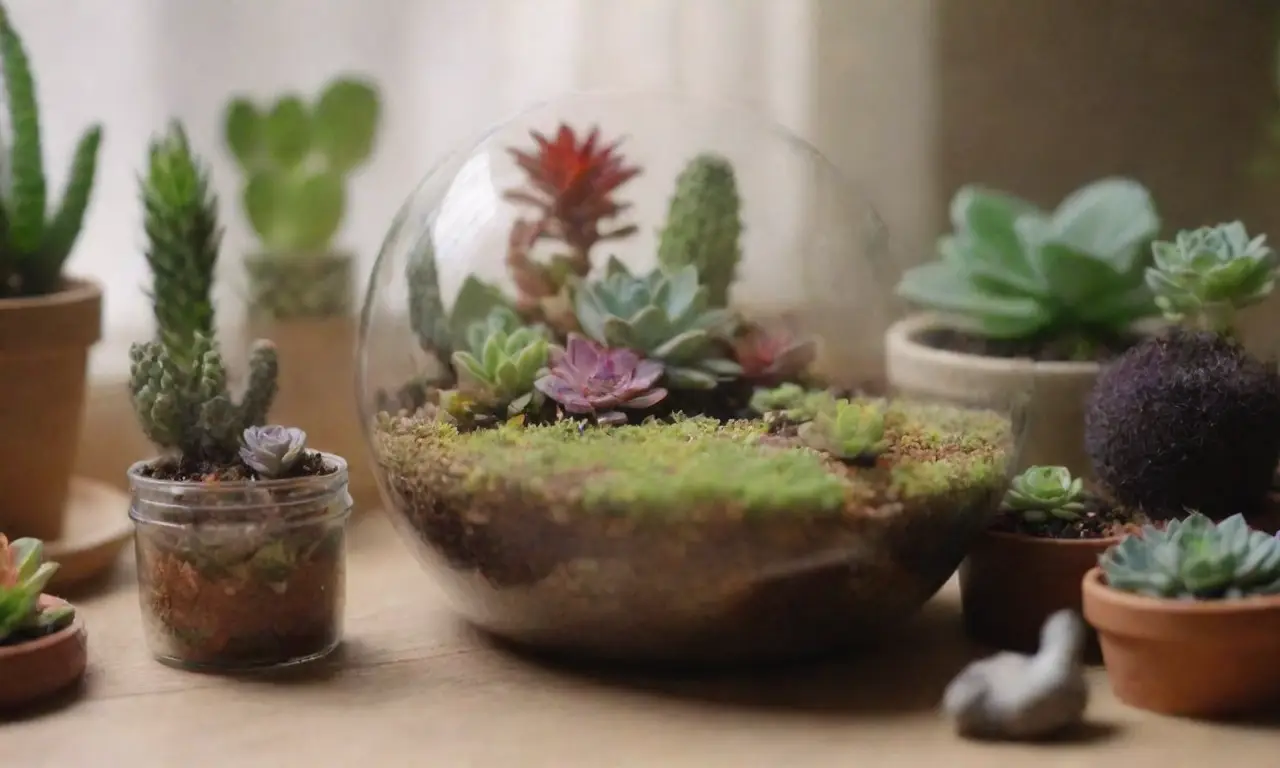
Creating a hanging terrarium is an art form that combines design principles with an understanding of your plants’ needs. Here are some essential steps to guide you through the process.
Layering for Success
One of the most critical aspects of building a successful terrarium is understanding the layering technique. Start by adding a layer of small pebbles or marbles at the bottom of your container for drainage. This layer should be about an inch thick. Next, add a thin layer of activated charcoal to help filter moisture and avoid unpleasant odors. Finally, top it off with a generous layer of your chosen soil mix, which should be roughly two to three inches deep, allowing enough space for your plants.
Plant Placement and Arrangement
After layering, it’s time to focus on plant placement. Before digging into the soil, lay out your plants in the container without planting them to get a sense of size and spacing. Consider the height and growth habits of each succulent to create a visually appealing arrangement. Taller plants should go in the back, while trailing varieties can be positioned toward the edges to create beautiful drapery when hung.
When you’re satisfied with the arrangement, gently plant each succulent into the soil, ensuring the roots are well covered, and lightly pack the soil around them. Giving attention to the root health is crucial; overcrowding can stunt their growth and lead to disease.
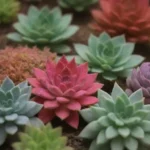 The Journey of Succulents: Assembling Storytelling Terrariums
The Journey of Succulents: Assembling Storytelling TerrariumsFinishing Touches
Once your succulents are planted, it’s time to add those decorative accents. Layer in the pebbles, shells, or even miniature figurines to personalize your terrarium and make it uniquely yours. Finally, mist the plants lightly with water and hang your creation, finding a well-lit spot that receives indirect sunlight—a key condition for healthy succulent growth.
Maintenance: Caring for Your Hanging Terrarium
Maintaining a hanging succulent terrarium requires knowledge of water, light, and general plant care, yet the effort is minimal compared to conventional gardening. Here are some key aspects to consider.
Watering Routines
Due to their ability to store water, succulents thrive on a ‘less-is-more’ watering approach. Generally, it’s better to underwater than overwater. Water your terrarium only when the soil feels dry to the touch, which may equate to every couple of weeks, depending on humidity and temperature. When watering, soak the soil thoroughly but allow excess water to drain out of the container. Be cautious of pooling water, as it can lead to rot.
Light Requirements
Ideally, your hanging terrarium should receive bright, indirect sunlight. Place it near a window that allows sufficient brightness without direct sun exposure, which can scorch the delicate leaves. If your succulents begin to stretch or lose their vibrancy, it might be a sign they need more light. Conversely, faded colors or browning could imply too much sun exposure.
Pruning and Replacing Plants
Regular pruning is essential for the health and appearance of your terrarium. You may need to trim back leggy growth or dead leaves as you notice them. Over time, certain plants may outgrow the space provided or may become unhealthy, necessitating their removal. In such cases, consider replacing them with new succulents or rearranging the existing plants to maintain visual harmony.
Conclusion
Designing and maintaining hanging succulent terrariums offers a delightful opportunity to not only beautify your living space but also nurture plants in an innovative way. By understanding the essential materials, mastering the design process, and committing to proper care, you will find that succulents are the perfect companions for vertical gardening enthusiasts.
Their aesthetic appeal combined with their resilience makes them an ideal choice for anyone seeking to create personalized displays that reflect their style. Over time, as your terrarium matures, it will evolve into a stunning illustration of your dedication to both your plants and your home’s décor.
 Crafting Layered Terrariums: Best Techniques with Succulents
Crafting Layered Terrariums: Best Techniques with SucculentsSo gather your materials, unleash your creativity, and embark on this delightful journey of crafting a hanging succulent terrarium. You may find that the sheer joy of watching your plants grow and flourish will become a cherished part of your daily routine, providing a sense of connection to nature, even in the hustle and bustle of modern life.
If you want to read more articles similar to Going Vertical: Designing Hanging Succulent Terrariums, you can visit the Terrarium Design category.

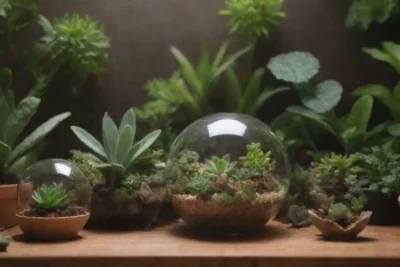
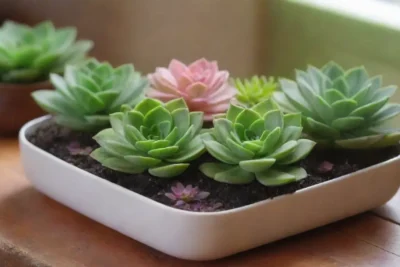
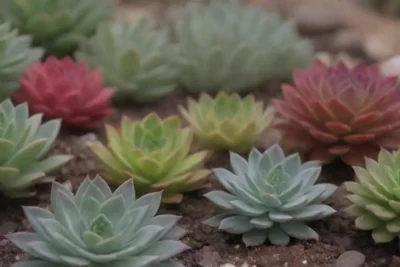
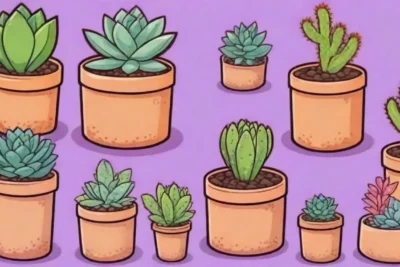
You Must Read